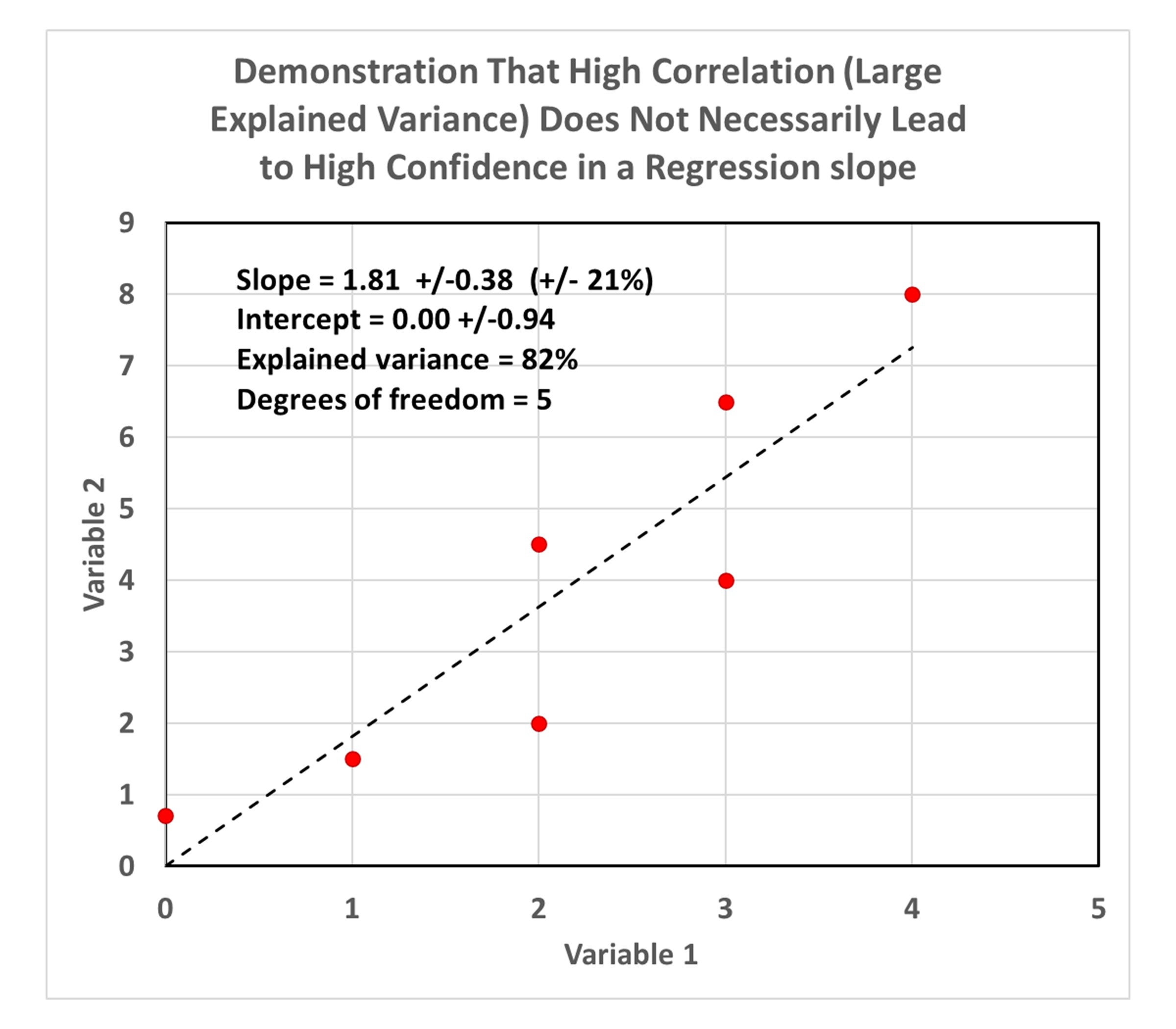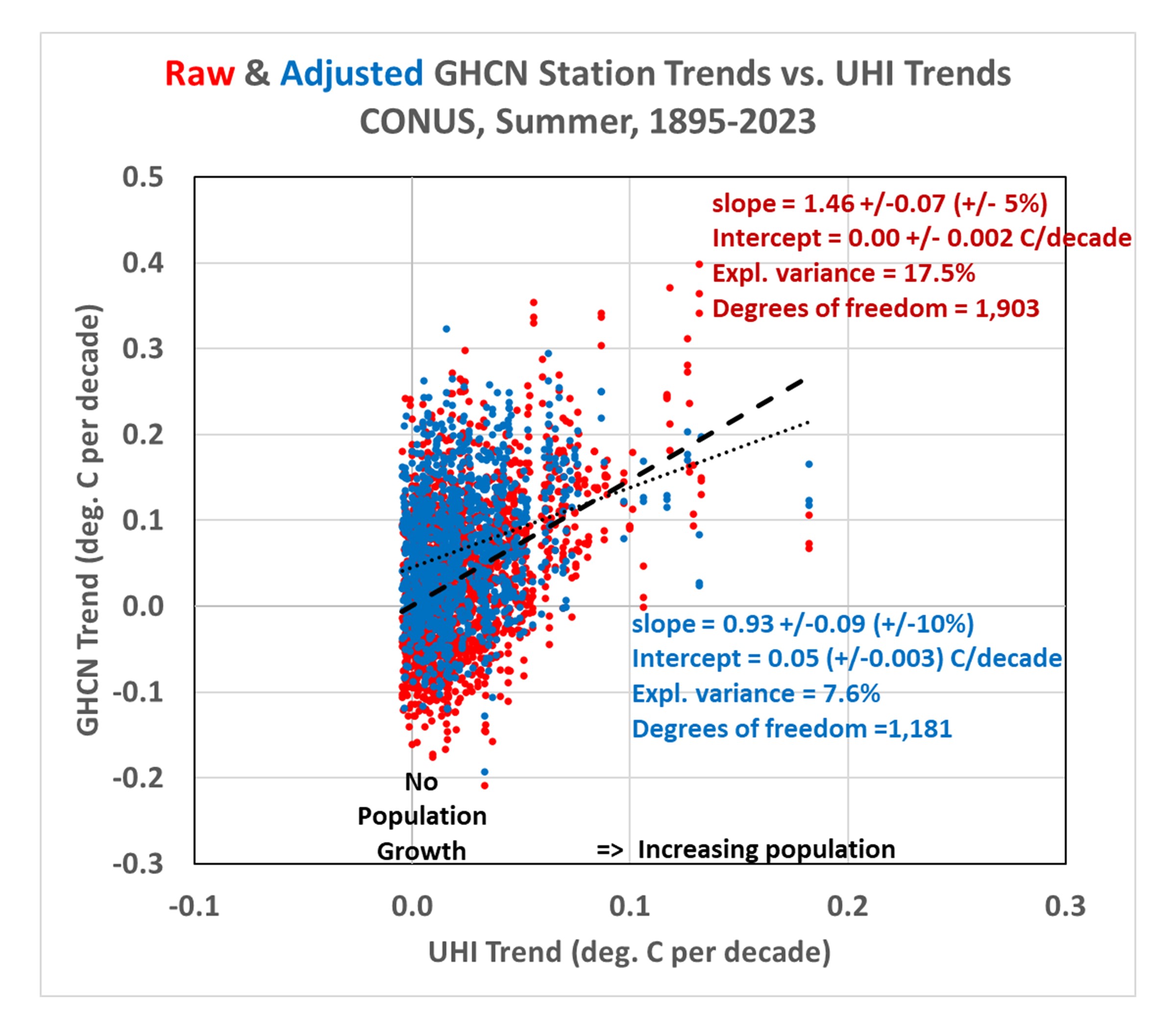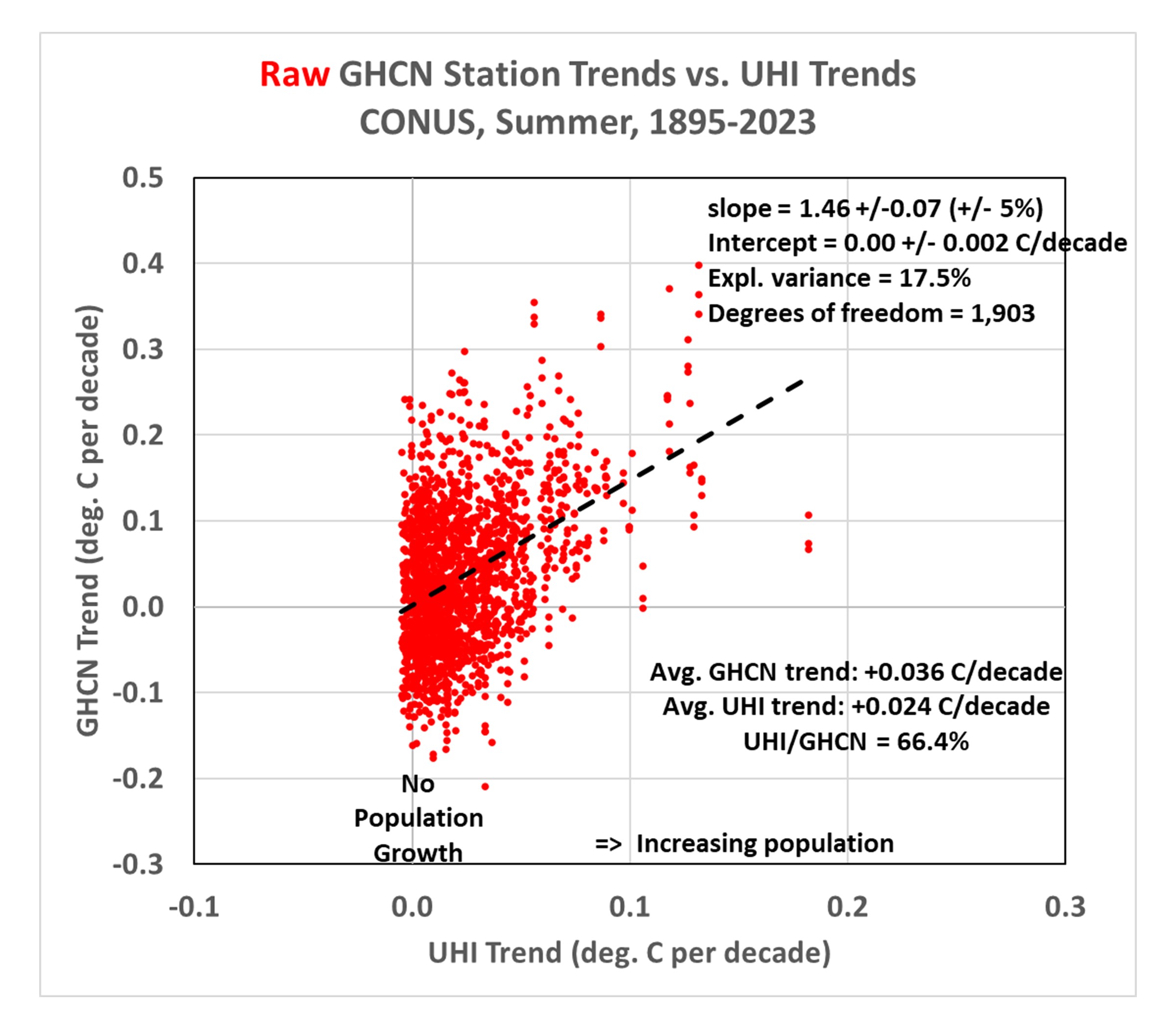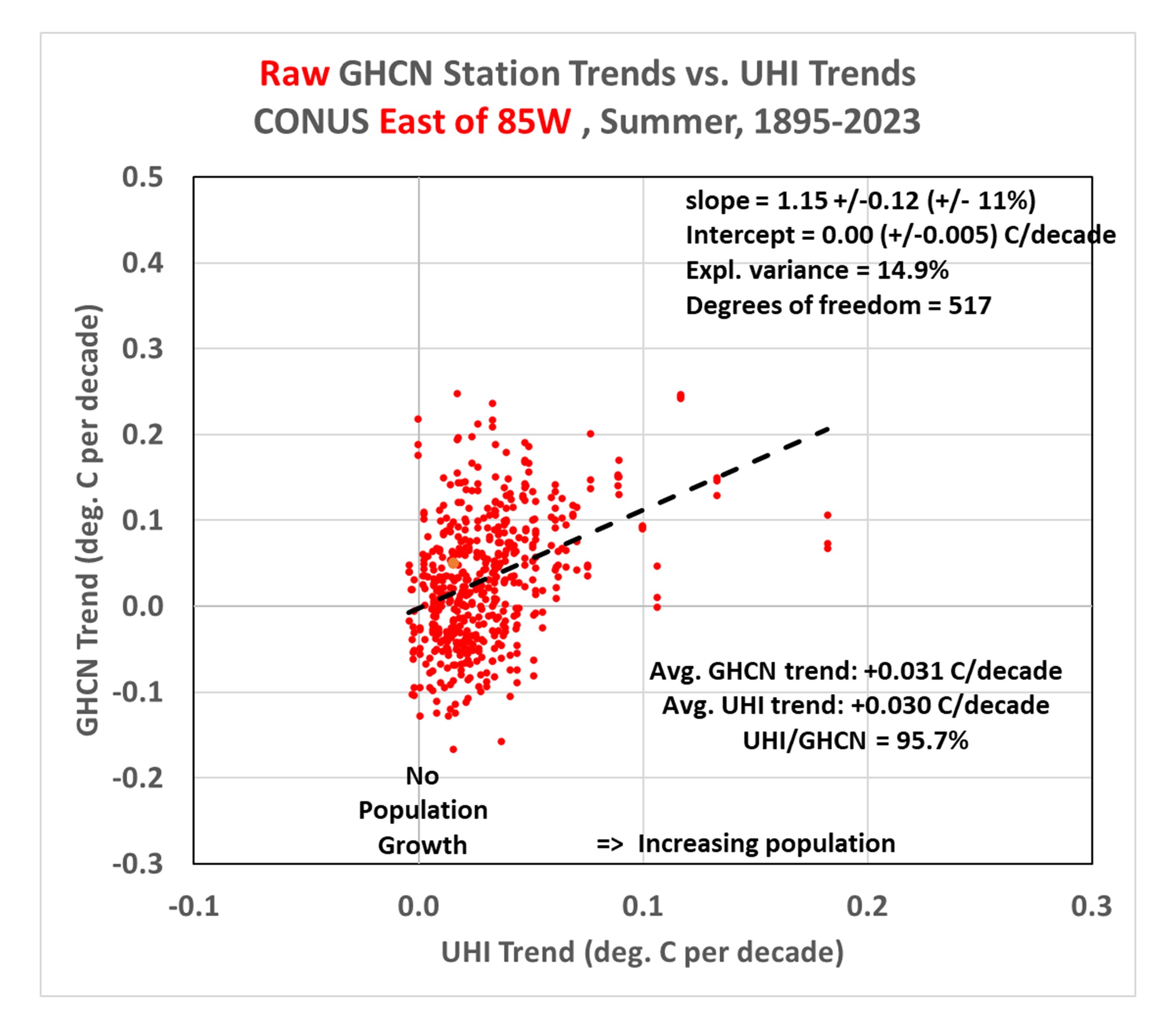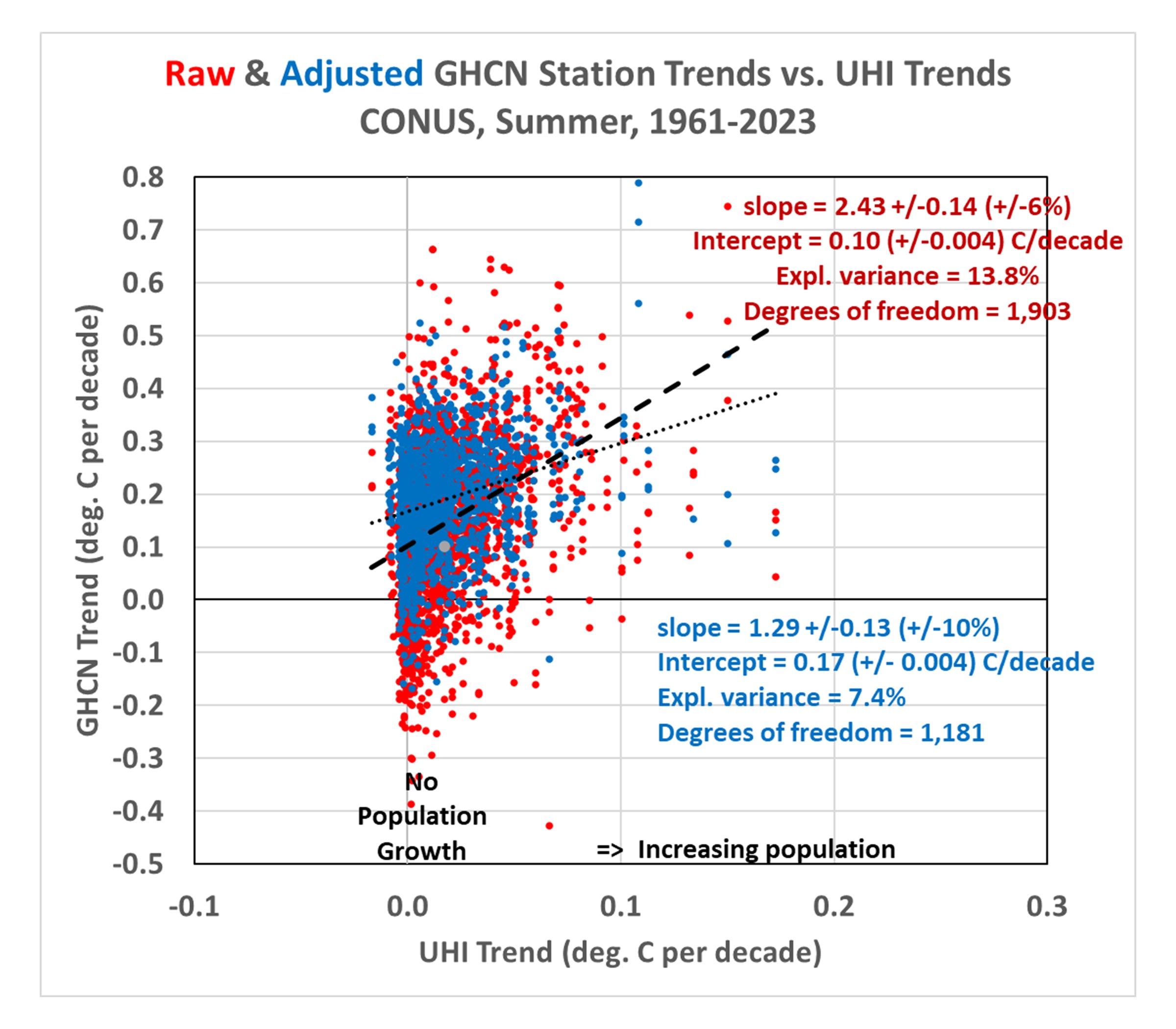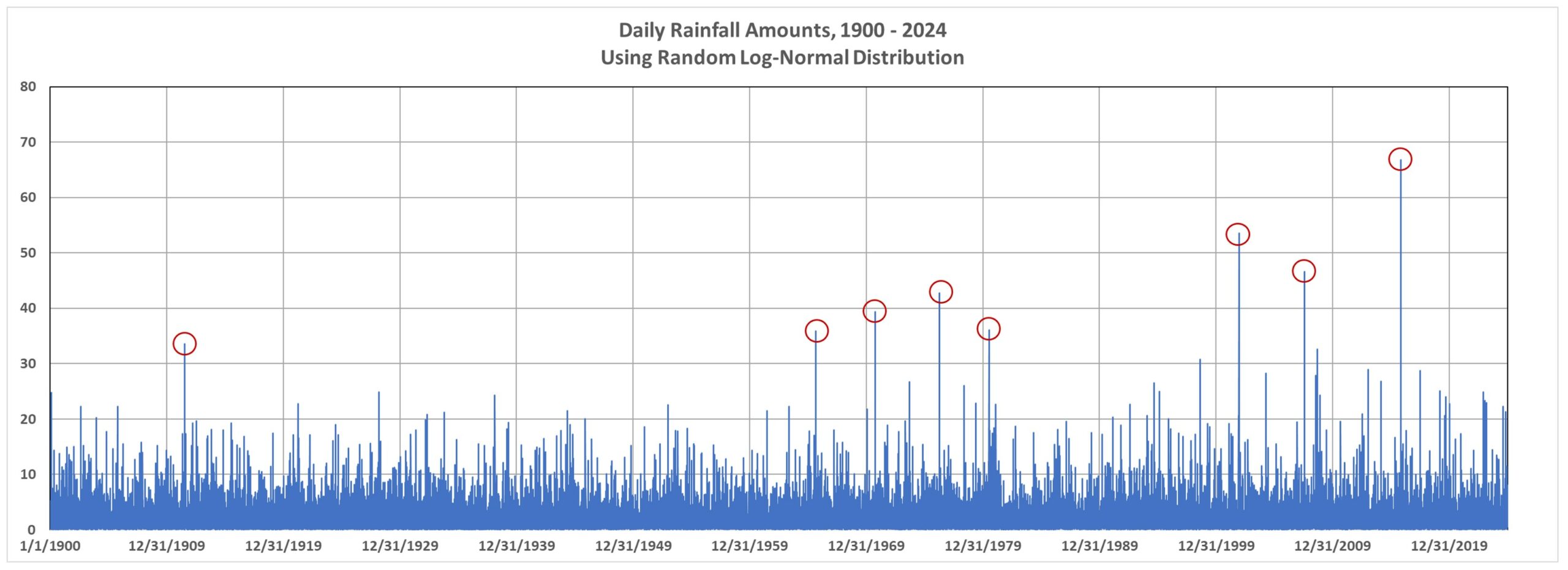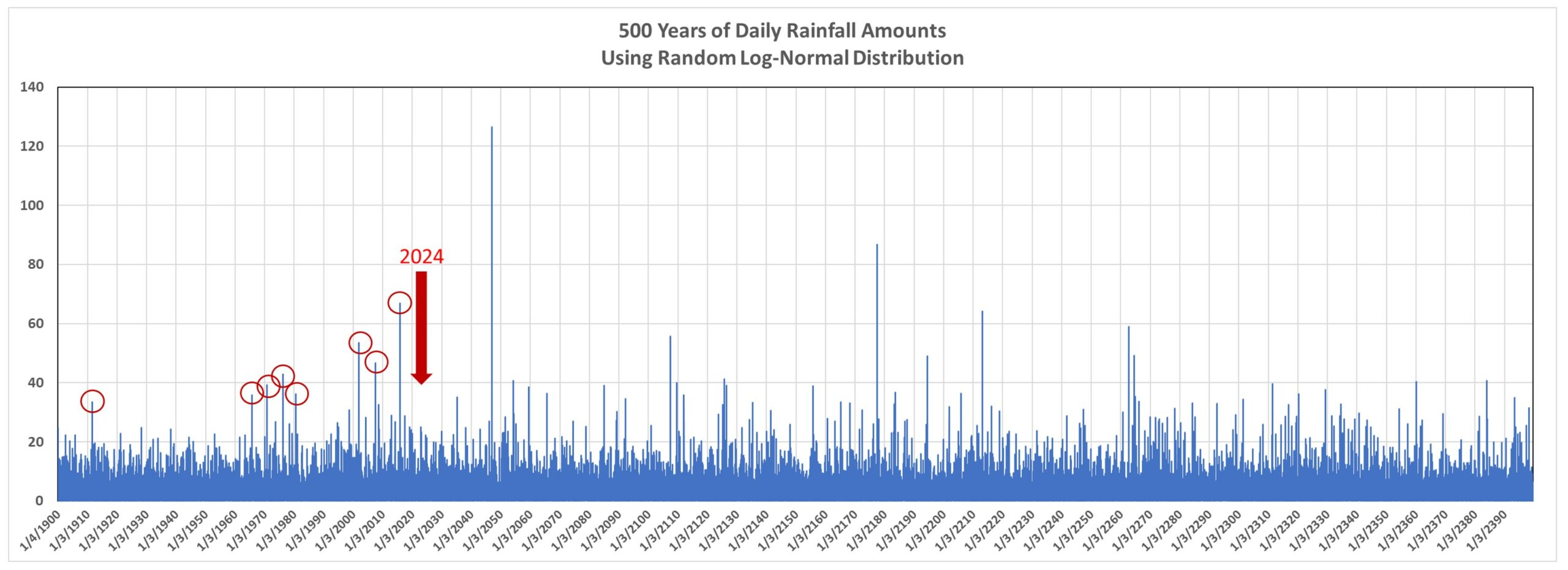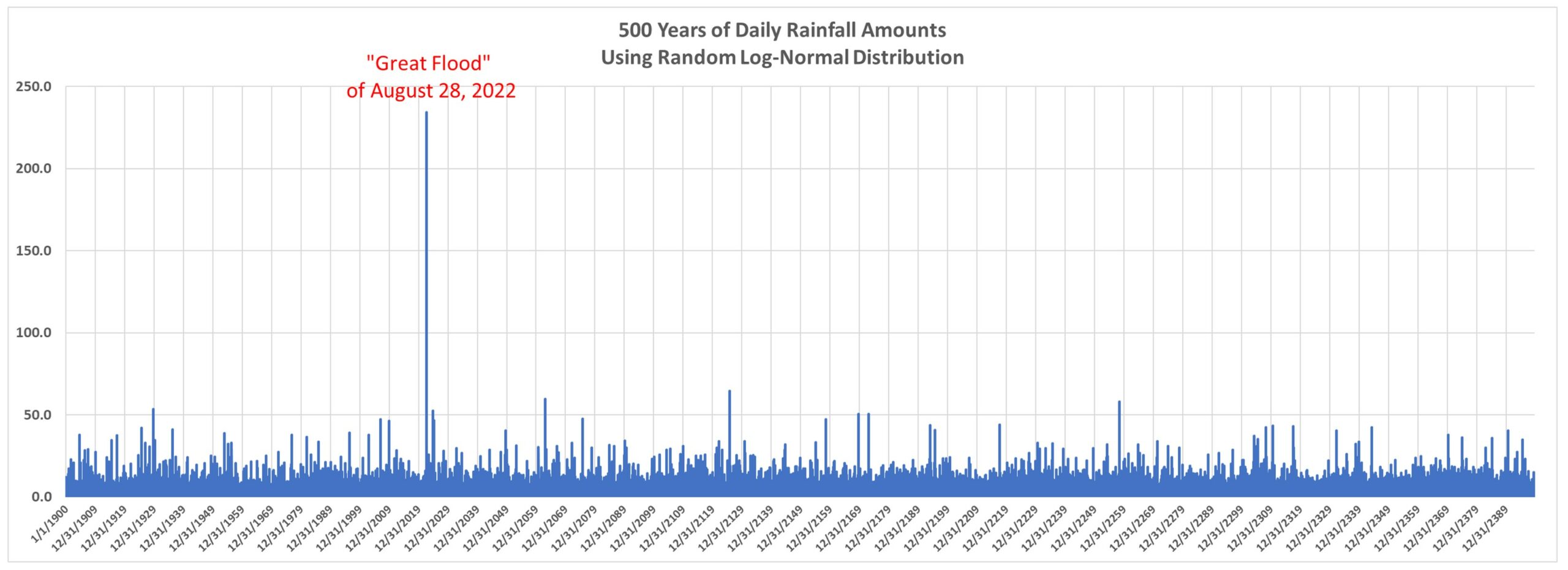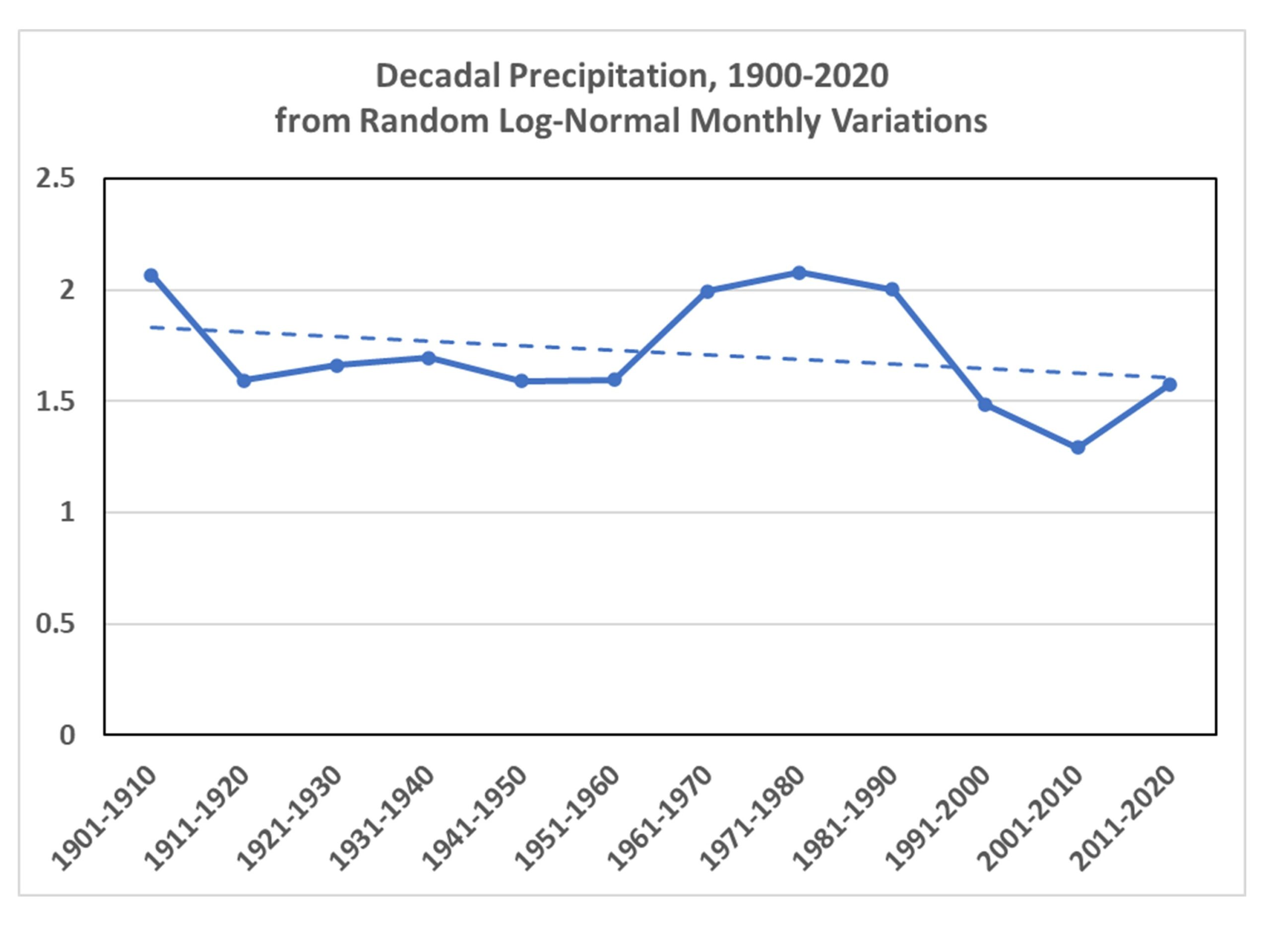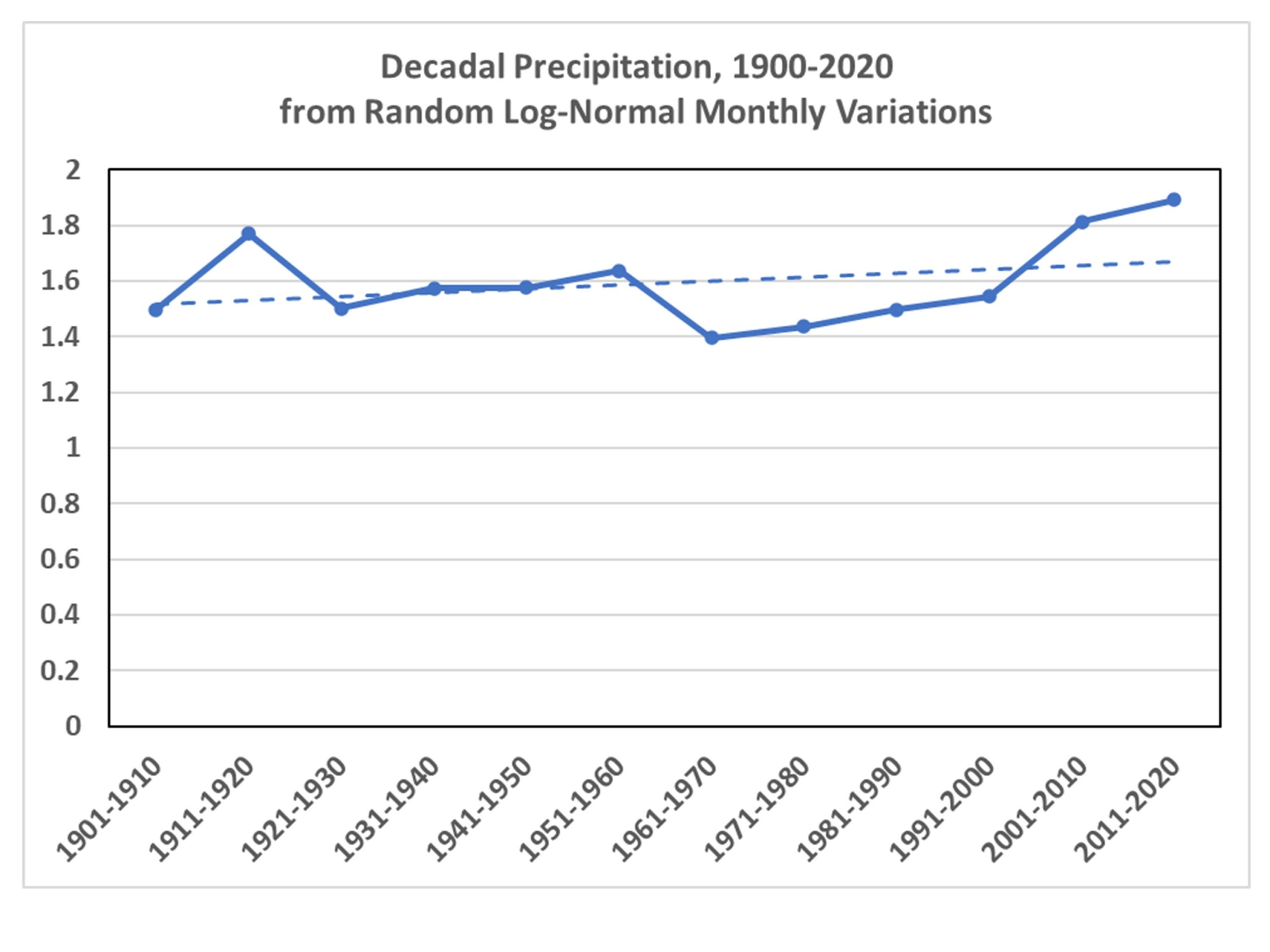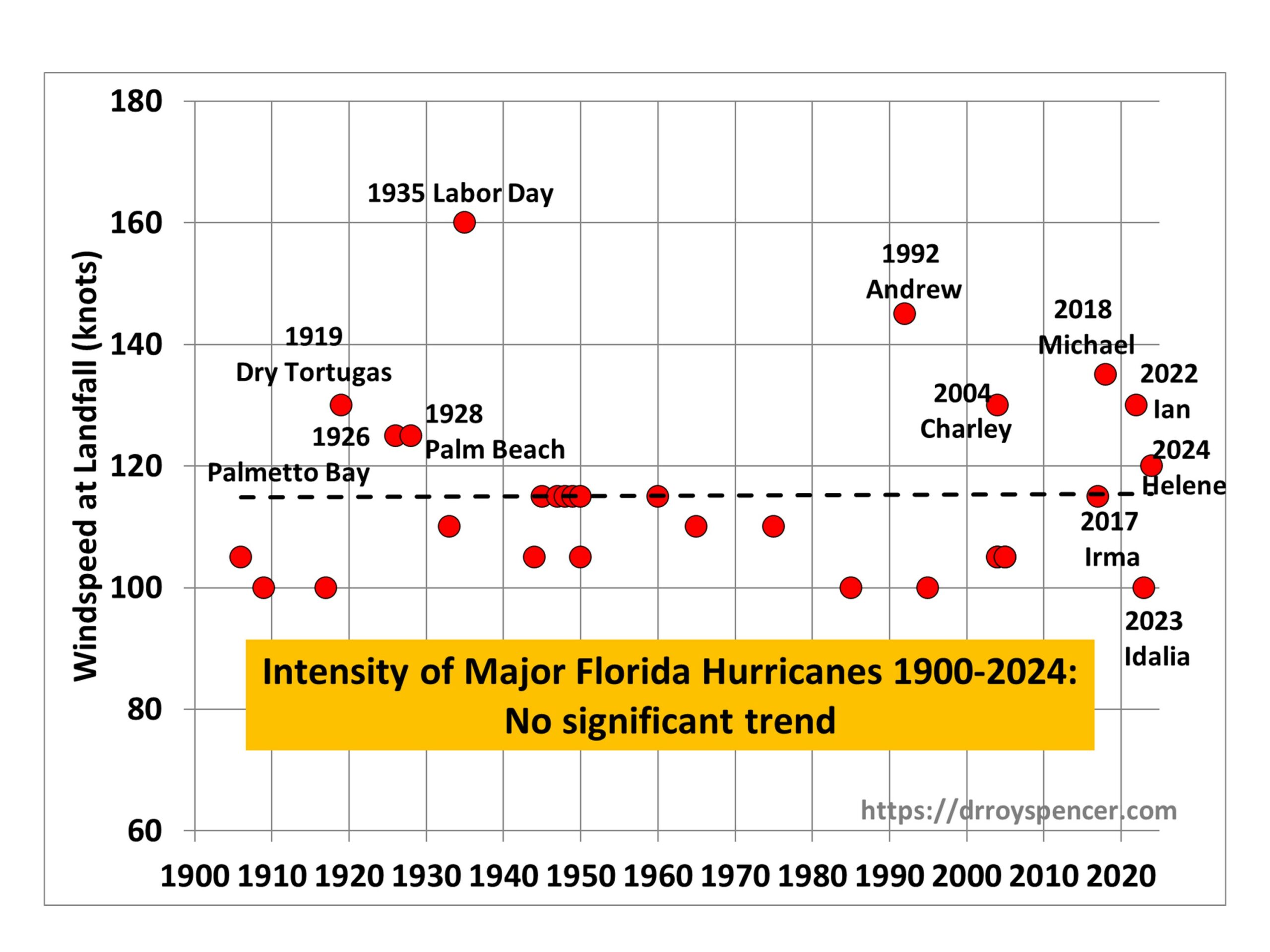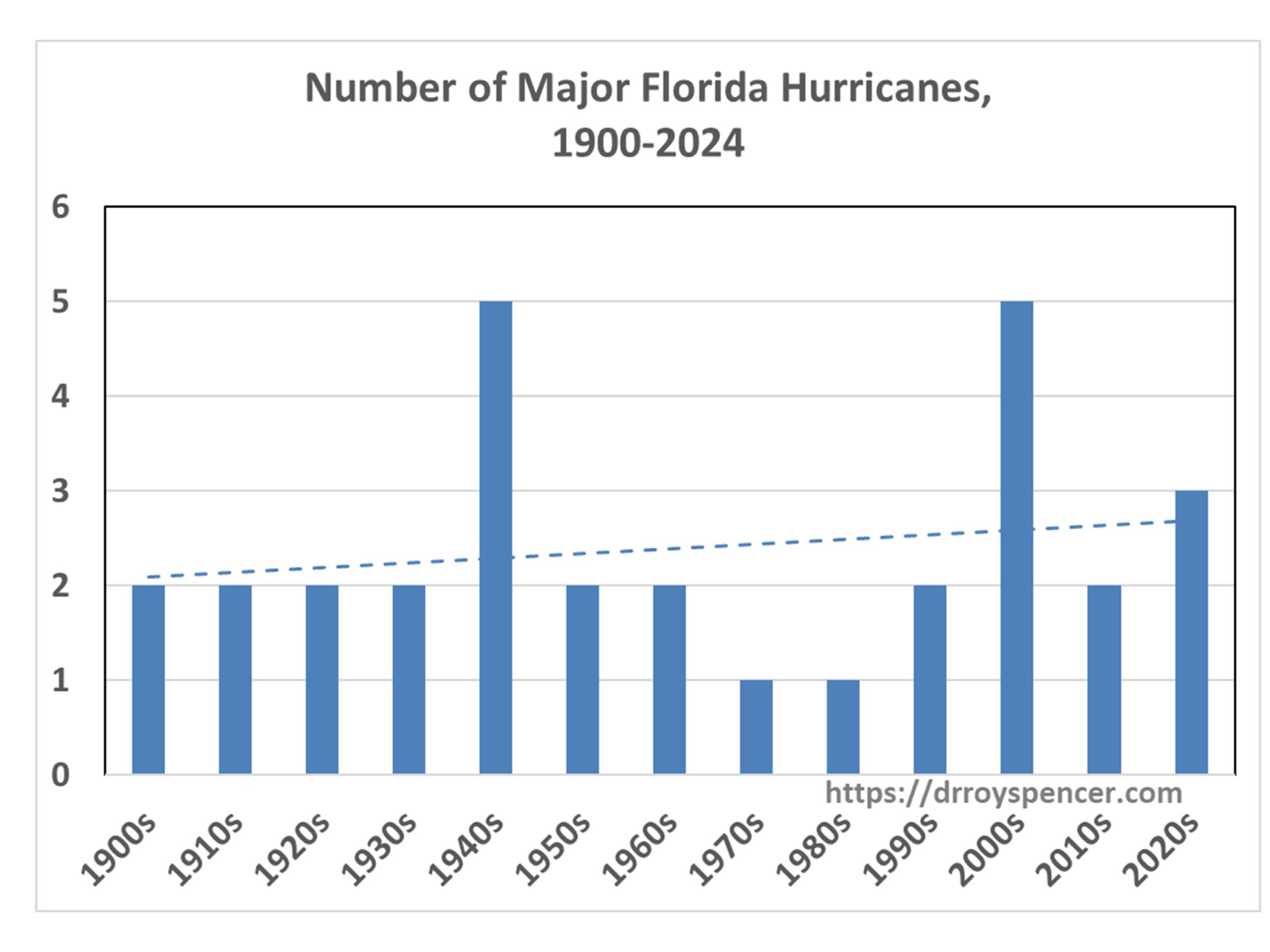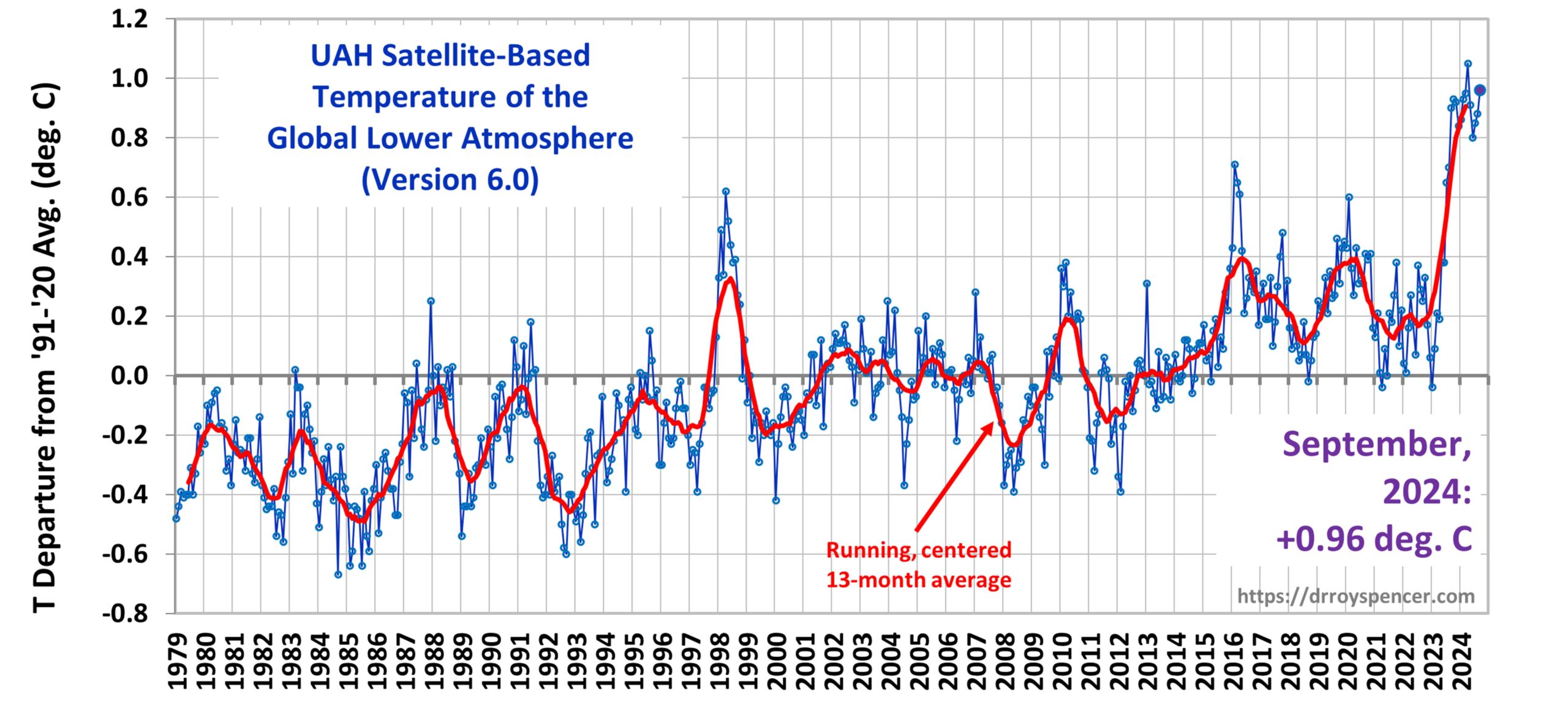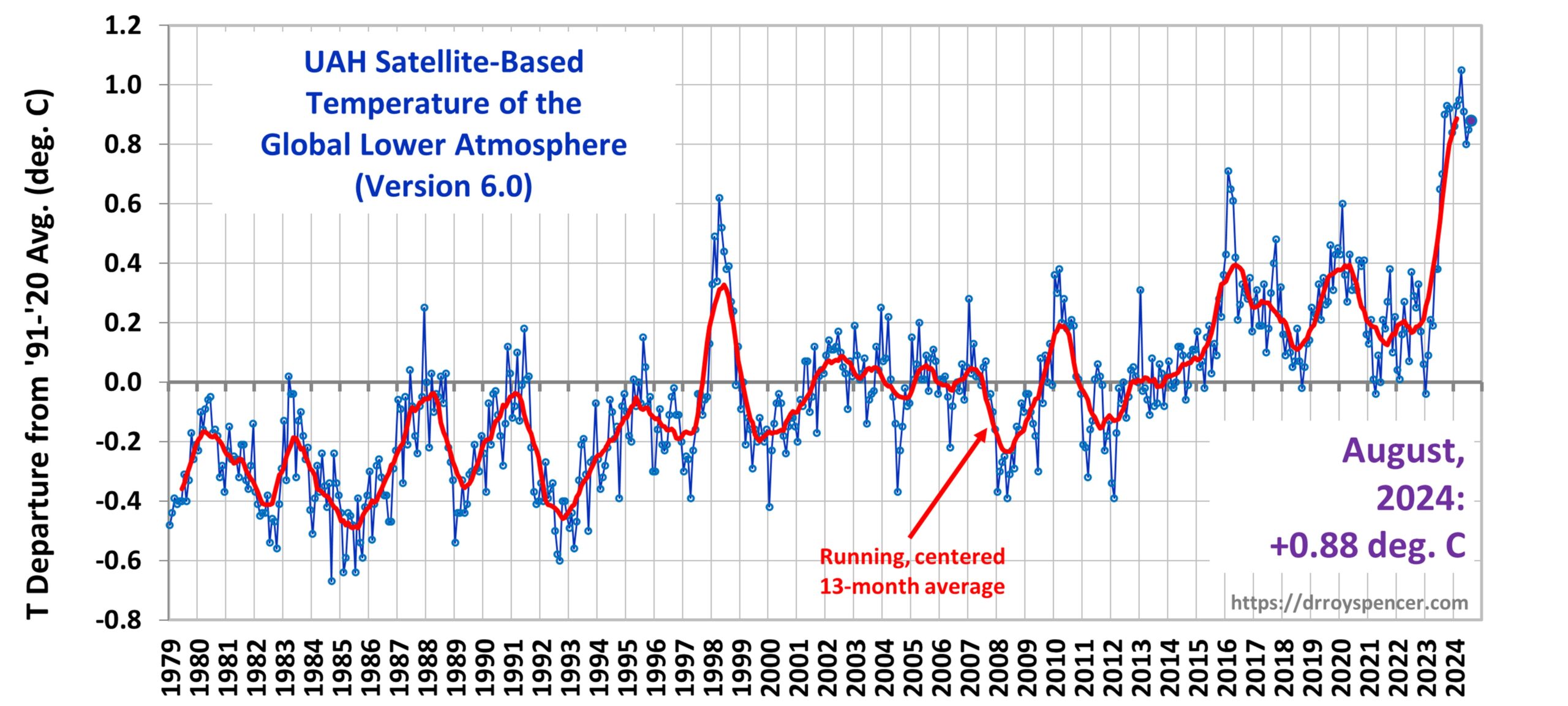The Version 6.1 global average lower tropospheric temperature (LT) anomaly for October, 2024 was +0.73 deg. C departure from the 1991-2020 mean, down from the September, 2024 anomaly of +0.80 deg. C.
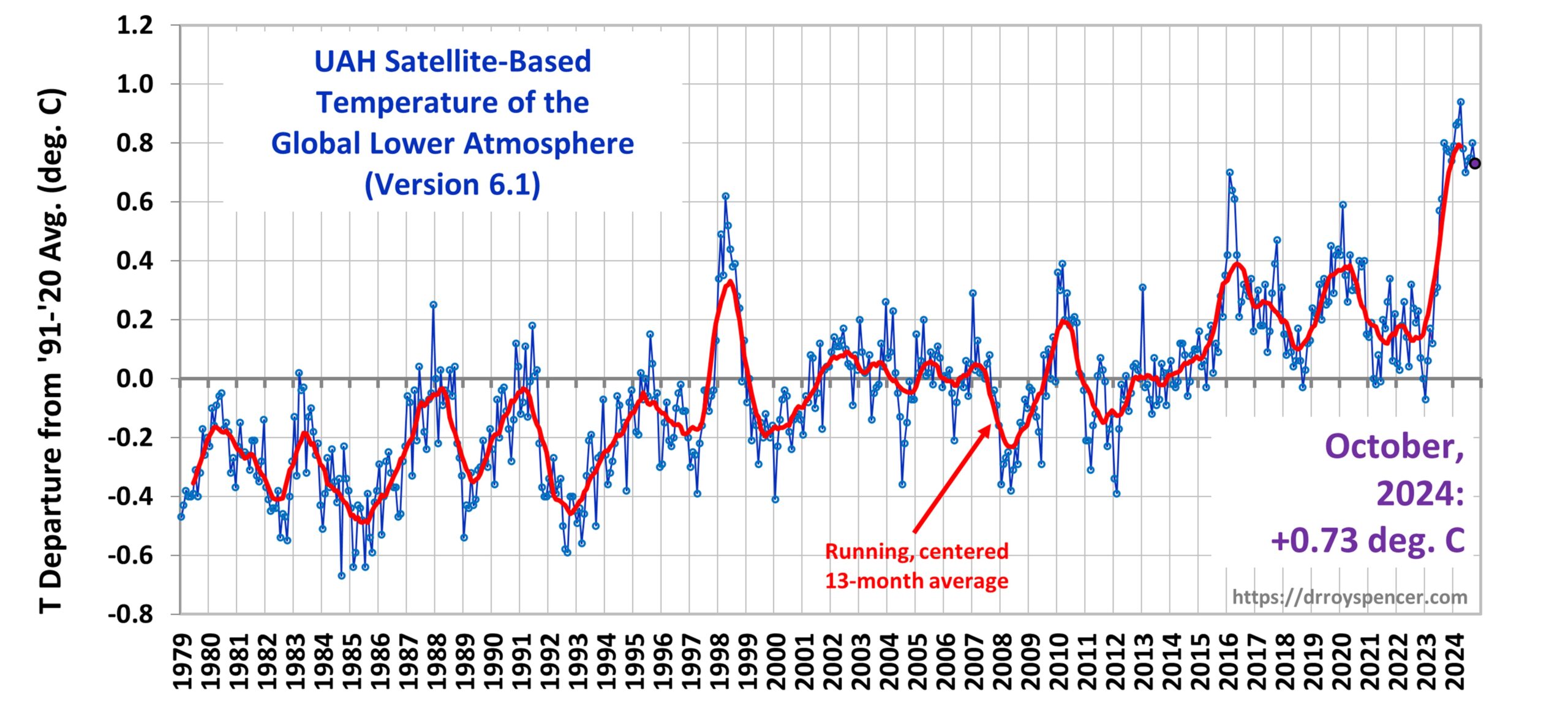
The new (Version 6.1) global area-averaged temperature trend (January 1979 through October 2024) is now +0.15 deg/ C/decade (+0.21 C/decade over land, +0.13 C/decade over oceans).
The previous (version 6.0) trends through September 2024 were +0.16 C/decade (global), +0.21 C/decade (land) and +0.14 C/decade (ocean).
The following provides background for the change leading to the new version (v6.1) of the UAH dataset.
NOTE: Snide comments which suggest someone has not read (and understood) that which follows will lead to comment privileges being revoked.
Key Points
- The older NOAA-19 satellite has now drifted too far through the diurnal cycle for our drift correction methodology to provide useful adjustments. Therefore, we have decided to truncate the NOAA-19 data processing starting in 2021. This leaves Metop-B as the only satellite in the UAH dataset since that date. This truncation is consistent with those made to previous satellites after orbital drift began to impact temperature measurements.
- This change reduces recent record global warmth only a little, bringing our calculated global temperatures more in line with the RSS and NOAA satellite datasets over the last 2-3 years.
- Despite the reduction in recent temperatures, the 1979-2024 trend is reduced by only 0.01 deg/ C/decade, from +0.16 C/decade to +0.15 C per decade. Recent warmth during 2023-2024 remains record-setting for the satellite era, with each month since October 2023 setting a record for that calendar month.
Background
Monitoring of global atmospheric deep-layer temperatures with satellite microwave radiometers (systems originally designed for daily global weather monitoring) has always required corrections and adjustments to the calibrated data to enable long-term trend detection. The most important of these corrections/adjustments are:
- Satellite calibration biases, requiring intercalibration between successively launched satellites during overlaps in operational coverage. These adjustments are typically tenths of a degree C.
- Drift of the orbits from their nominal sun-synchronous observation times, requiring empirical corrections from comparison of a drifting satellite to a non-drifting satellite (the UAH method), or from climate models (the Remote Sensing Systems [RSS] method, which I believe the NOAA dataset also uses). These corrections can reach 1 deg. C or more for the lower tropospheric (LT) temperature product, especially over land and during the summer.
- Correction for instrument body temperature effects on the calibrated temperature (an issue with only the older MSU instruments, which produced spurious warming).
- Orbital altitude decay adjustment for the multi-view angle version of the lower tropospheric (LT) product (no longer needed for the UAH dataset as of V6.0, which uses multiple channels instead of multiple angles from a single channel.)
The second of these adjustments (diurnal drift) is the subject of the change made going from from UAH v6.0 to v6.1. The following chart shows the equator crossing times (local solar time) for the various satellites making up the satellite temperature record. The drift of the satellites (except the non-drifting Aqua and MetOp satellites, which have fuel onboard to allow orbit maintenance) produces cooling for the afternoon satellites’ LT measurements as the afternoon observation transitions from early afternoon to evening. Drift of the morning satellites makes their LT temperatures warm as their evening observations transition to the late afternoon.
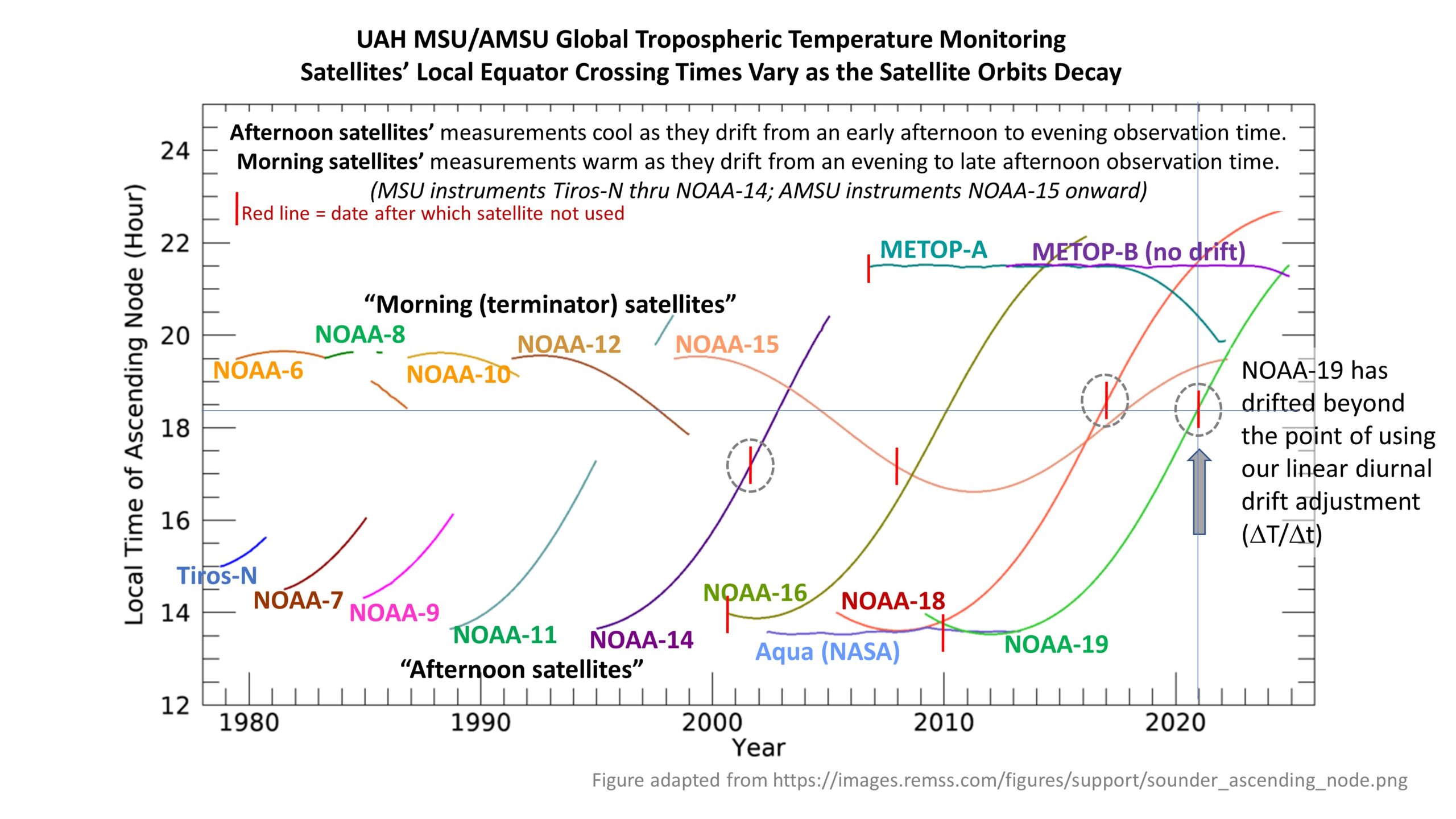
The red vertical lines indicate the dates after which a satellite’s data are no longer included in the v6.0 (UAH) processing, with the NOAA-19 truncation added for v6.1. Note that the NOAA-19 satellite has drifted further in local observation time than any of the previous afternoon satellites. The NOAA-19 local observation times have been running outside our training dataset which includes the assumption of a linear diurnal temperature drift with time. So we have decided it is now necessary to truncate the data from NOAA-19 starting in 2021, which we are now doing as of the October, 2024 update.
Thus begins Version 6.1 of our dataset, a name change meant to reduce confusion and indicate a significant change in our processing. As seen in the above figure, 2020 as the last year of NOAA-19 data inclusion is roughly consistent with the v6.0 cutoff times from the NOAA-18 and NOAA-14 (afternoon) satellites.
This type of change in our processing is analogous to changes we have made in previous years, after a few years of data being collected to firmly establish a problem exists. The time lag is necessary because we have previously found that two operating satellites in different orbits can diverge in their processed temperatures, only to converge again later. As will be shown below, we now have sufficient reason to truncate the NOAA-19 data record starting in 2021.
Why Do We Even Include a Satellite if it is Drifting in Local Observation Time?
The reasons why a diurnally drifting satellite is included in processing (with imperfect adjustments) are three-fold: (1) most satellites in the 1979-2024 period of record drifted, and so their inclusion was necessary to make a complete, intercalibrated satellite record of temperatures; (2) two operational satellites (usually one drifting much more than the other) provide more complete sampling during the month for our gridded dataset, which has 2.5 deg. lat/lon resolution; (3) having two (or sometimes 3) satellites allows monitoring of potential drifts, i.e., the time series of the difference between 2 satellite measurements should remain relatively stable over time.
Version 6.1 Brings the UAH Data closer to RSS and NOAA in the Last Few Years
Several people have noted that our temperature anomalies have been running warmer than those from the RSS or NOAA satellite products. It now appears this was due to the orbital drift of NOAA-19 beyond the useful range of our drift correction. The following plot (preliminary, provided to me by John Christy) shows that truncation of the NOAA-19 record now brings the UAH anomalies more in line with the RSS and NOAA products.
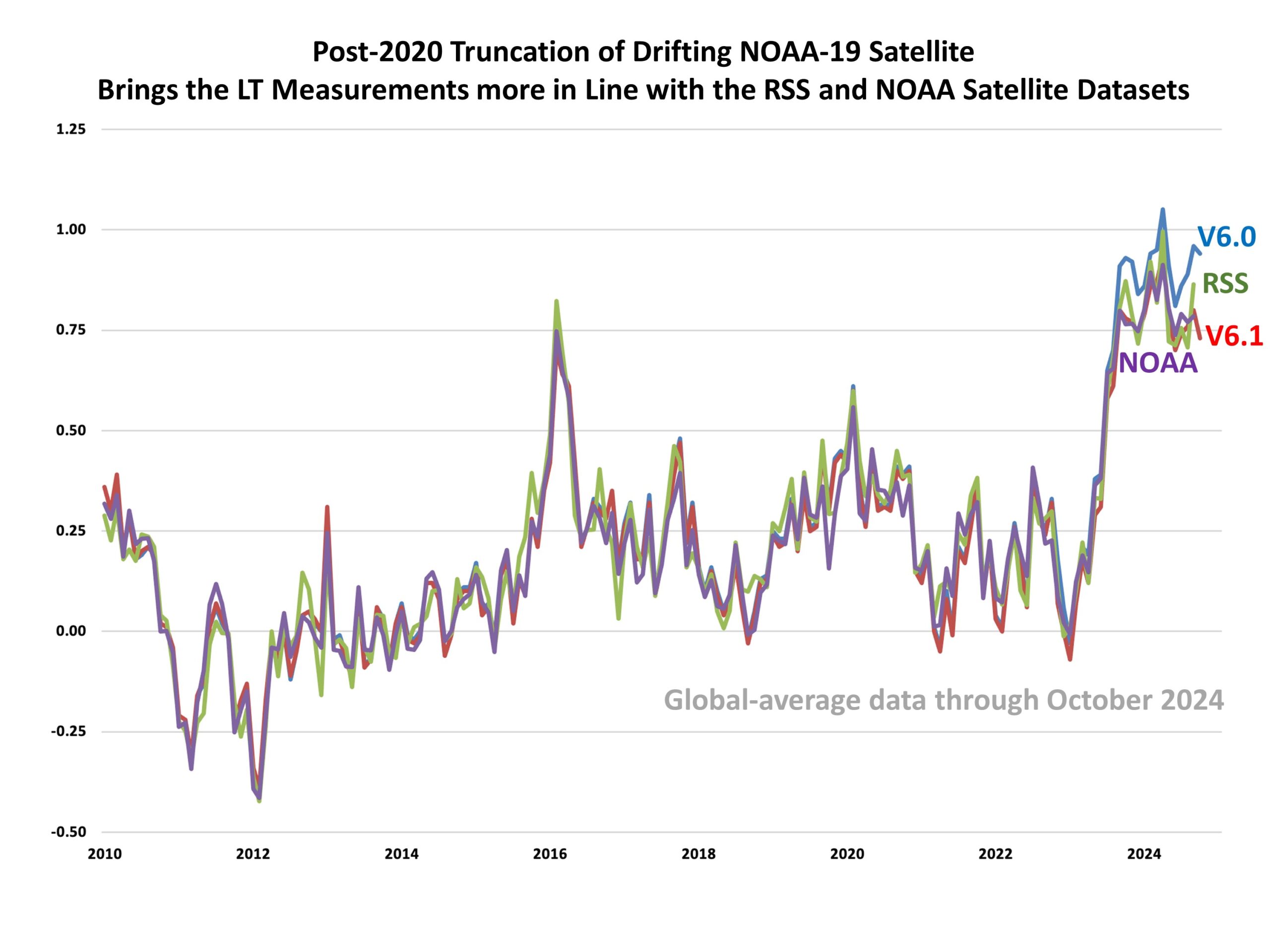
As can be seen, this change has lowered recent global-average temperatures considerably. For example, without truncation of NOAA-19, the October anomaly would have been +0.94 deg. C, but with only MetOp-B after 2020 it is now +0.73 deg. C.
The following table lists various regional Version 6.1 LT departures from the 30-year (1991-2020) average for the last 22 months (record highs are in red):
| YEAR | MO | GLOBE | NHEM. | SHEM. | TROPIC | USA48 | ARCTIC | AUST |
| 2023 | Jan | -0.07 | +0.06 | -0.21 | -0.42 | +0.14 | -0.11 | -0.45 |
| 2023 | Feb | +0.06 | +0.12 | +0.01 | -0.15 | +0.64 | -0.28 | +0.11 |
| 2023 | Mar | +0.17 | +0.21 | +0.14 | -0.18 | -1.35 | +0.15 | +0.57 |
| 2023 | Apr | +0.12 | +0.04 | +0.20 | -0.10 | -0.43 | +0.46 | +0.38 |
| 2023 | May | +0.29 | +0.16 | +0.42 | +0.33 | +0.38 | +0.54 | +0.13 |
| 2023 | June | +0.31 | +0.34 | +0.28 | +0.51 | -0.54 | +0.32 | +0.24 |
| 2023 | July | +0.57 | +0.60 | +0.55 | +0.83 | +0.28 | +0.81 | +1.49 |
| 2023 | Aug | +0.61 | +0.77 | +0.44 | +0.77 | +0.69 | +1.49 | +1.29 |
| 2023 | Sep | +0.80 | +0.83 | +0.77 | +0.82 | +0.28 | +1.12 | +1.15 |
| 2023 | Oct | +0.78 | +0.84 | +0.72 | +0.84 | +0.81 | +0.81 | +0.56 |
| 2023 | Nov | +0.77 | +0.87 | +0.67 | +0.87 | +0.52 | +1.07 | +0.28 |
| 2023 | Dec | +0.74 | +0.91 | +0.57 | +1.00 | +1.23 | +0.31 | +0.64 |
| 2024 | Jan | +0.79 | +1.01 | +0.57 | +1.18 | -0.19 | +0.39 | +1.10 |
| 2024 | Feb | +0.86 | +0.93 | +0.79 | +1.14 | +1.30 | +0.84 | +1.14 |
| 2024 | Mar | +0.87 | +0.95 | +0.80 | +1.24 | +0.23 | +1.05 | +1.27 |
| 2024 | Apr | +0.94 | +1.12 | +0.76 | +1.14 | +0.87 | +0.89 | +0.51 |
| 2024 | May | +0.78 | +0.78 | +0.79 | +1.20 | +0.06 | +0.23 | +0.53 |
| 2024 | June | +0.70 | +0.78 | +0.61 | +0.85 | +1.38 | +0.65 | +0.92 |
| 2024 | July | +0.74 | +0.86 | +0.62 | +0.97 | +0.42 | +0.58 | -0.13 |
| 2024 | Aug | +0.75 | +0.81 | +0.69 | +0.73 | +0.38 | +0.90 | +1.73 |
| 2024 | Sep | +0.80 | +1.03 | +0.56 | +0.80 | +1.28 | +1.49 | +0.96 |
| 2024 | Oct | +0.73 | +0.87 | +0.59 | +0.61 | +1.84 | +0.81 | +1.07 |
The full UAH Global Temperature Report, along with the LT global gridpoint anomaly image for October, 2024, and a more detailed analysis by John Christy, should be available within the next several days here. This could take a little longer this time due to the changes resulting from going from v6.0 to v6.1 of the dataset.
The monthly anomalies for various regions for the four deep layers we monitor from satellites will be available in the next several days (also possibly delayed):
Lower Troposphere:
http://vortex.nsstc.uah.edu/data/msu/v6.1/tlt/uahncdc_lt_6.1.txt
Mid-Troposphere:
http://vortex.nsstc.uah.edu/data/msu/v6.1/tmt/uahncdc_mt_6.1.txt
Tropopause:
http://vortex.nsstc.uah.edu/data/msu/v6.1/ttp/uahncdc_tp_6.1.txt
Lower Stratosphere:
http://vortex.nsstc.uah.edu/data/msu/v6.1/tls/uahncdc_ls_6.1.txt

 Home/Blog
Home/Blog